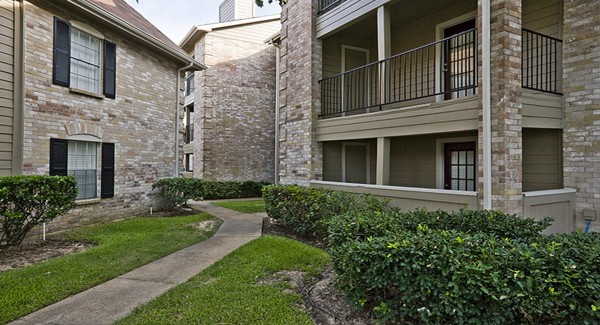I have received a number of questions from homeowners and board members regarding association living. Over the next few months, I will try and respond to as many questions as possible.
The first issue involves maintenance repair and replacement of a balcony. The owner submitting the question resides in a condominium association. Her balcony is in a state of disrepair, and with the nice weather, she is concerned that use of the balcony may result in potential harm. She is not certain whether it is the association’s or the unit owners’ responsibility to maintain, repair and/or replace the balcony.
If you reside in a condominium association, as this person does, the Illinois Condominium Property Act (“Act”) provides that the association shall be responsible to maintain, repair and/or replace the common elements on the property. Balconies are part of the common elements as they lie outside the boundaries of the unit. However, since a balcony serves a unit exclusively, they are further classified as a limited common element. A limited common element is defined under the Act as a portion of common elements reserved for the exclusive use of an owner.
The Act provides that the maintenance, repair and/or replacement of the common elements shall be the responsibility of the association. However, the cost to perform this work may be assessed back to the unit owner who is benefited by such work if the declaration provides for such assessment. As such, the association may have the responsibility to perform the necessary work, but depending on the association’s declaration, the association may be able to charge the cost back to this unit owner. We recommend that the unit owner contact the board of directors and request that the association undertake the responsibility to repair the balcony. In doing so, this owner should understand that she may be responsible to reimburse the association for the costs incurred to repair the balcony.
If this association were a non-condominium association, then the declaration would control whether the association or the unit owner has the responsibility to perform the necessary work. With the onset of summer, we recommend that all boards take a thorough review of their properties and make certain that the balconies and other portions of the common elements are safe for the owners’ use.
The next question I received was with regard to percentage of ownership and voting procedures for a master/umbrella association. Pursuant to the Act, owners residing in a condominium association vote at the annual meeting in accordance with their percentage of ownership in the common elements. In some instances, the declaration may provide for one vote per unit.
In this instance, the inquiry involves whether the Act requires that voting to elect a board of a master/umbrella association be by percentage of ownership. As you may be aware, a master/umbrella association is defined in the Act as an association that exercises powers on behalf of one or more condominiums or common interest communities for the benefit of the unit owners residing in these residential associations. Generally, a master/umbrella association is set up when there are two or more residential associations which share a pool, clubhouse, land or other amenities shared by the associations. The master association is set up to administer the affairs of these shared amenities while each individual residential association administers the affairs of their association.
Voting for the board of directors of the master/umbrella association is not governed by Illinois statute. It is in fact specific depending on the provisions of the master association’s declaration or it may be found in the declaration of the underlying residential association. There are many different ways that the master board of directors is elected. For instance, some master association boards consist of the presidents of each individual underlying association. In other instances, each underlying association chooses a delegate to elect a director. The number of votes that the delegate has depends on the number of units in their underlying association. As there are a number of different ways to elect a master/umbrella association board member, we suggest that you check the provisions of your declaration to determine the proper procedure.
originally published by Pioneer Press (May 2002).
Since 1983, KSN has been a legal resource for condominium, homeowner, and townhome associations. Additionally, we represent clients in real estate transactions, collections, landlord/tenant issues, and property tax appeals. We represent thousands of clients and community associations throughout the US with offices in several states including Florida, Illinois, Indiana, and Wisconsin.
If our law firm can be of assistance, please call 855-537-0500 or visit www.ksnlaw.com.
This article is made available by the lawyer or law firm publisher for educational purposes only as well as to give you general information and a general understanding of the law, not to provide specific legal advice. By reading this article you understand that there is no attorney client relationship between you and the article author. This article should not be used as a substitute for competent legal advice from a licensed professional attorney in your state. © 2023 Kovitz Shifrin Nesbit, A Professional Corporation.

